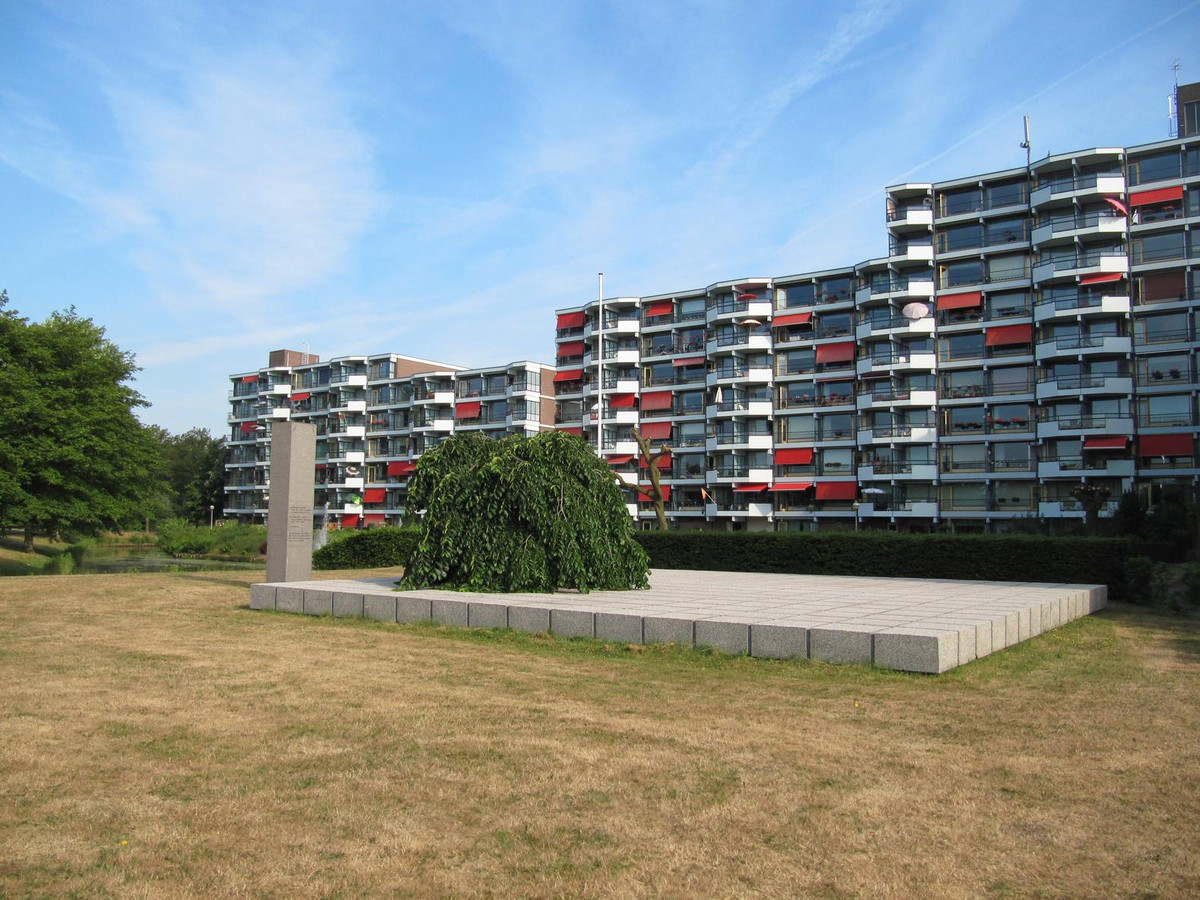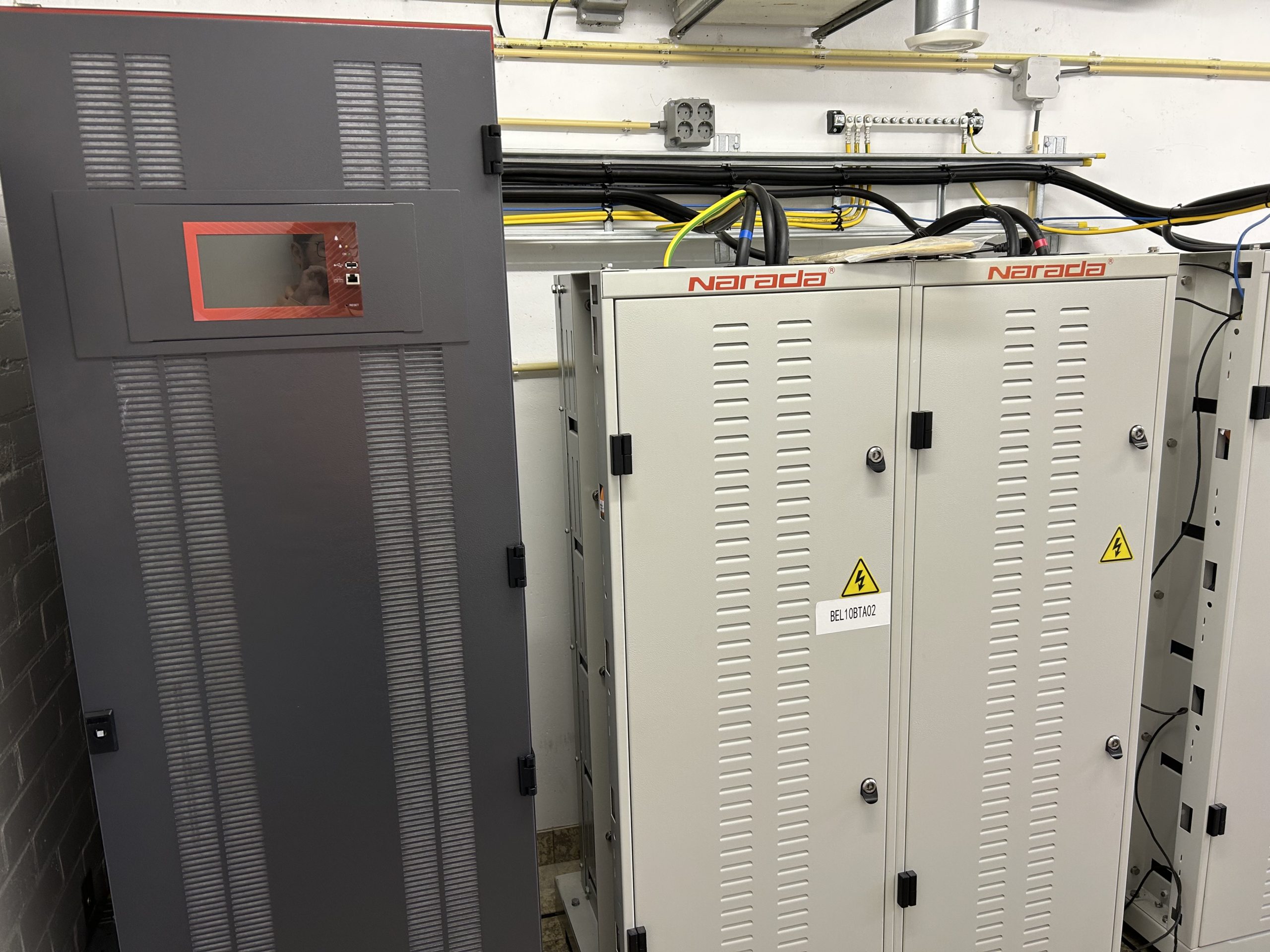In the heart of Amersfoort, a community energy initiative is pioneering the use of local energy production, empowering residents to maximize their solar production and minimize dependency on the grid, which is heavily congested and overburdened.

CE+T Power, in collaboration with Baas, a company renowned for its robust background in infrastructural work and grid connections in the Netherlands, embarked on this ambitious project to provide an advanced energy storage system within a residential building, marking a significant step towards sustainable living.
Overcoming Amersfoort’s Grid Constraints
The initiative navigated significant obstacles, starting with the congested local grid, unable to accommodate new connections. “The grid is heavily overloaded… there isn’t any capacity to get new grid connections,” explained Bram Kappert from Baas, highlighting the urgency for a solution.
The installation of an energy storage system in a residential building posed a significant challenge, necessitating an upgrade of the electrical installation in the building, finding a suitable location and careful consideration of safety standards, in collaboration with the local fire department.
Innovating with Hercules: A Multidirectional Energy Approach
The solution is centered around the innovative Hercules multi-directional converters, forming the heart of an integrated energy system. At its core, the Hercules converter’s 18kW system acts as a central hub, linking 55kW solar panels, storage batteries, and the grid in a cohesive ecosystem.
This setup is strategically designed to maximize efficiency: the solar panels capture energy during the day, which is then stored in the batteries. This stored energy is strategically utilized to power essential services – such as elevators, central lighting, doors, and other grid-connected devices – especially during the peak consumption hours in the evening.
As Bram Kappert puts it, this system “collects as much as the PVs produce in the battery” and “dispenses energy to various building utilities, effectively reducing reliance on the local grid and easing grid connectivity demands.” The goal of this combination is not just energy efficiency but also to alleviate the burden on the local grid by harnessing and optimally using solar energy.
CE+T’s Role in Amersfoort Project
CE+T’s pivotal contribution to this project centered around their Hercules bidirectional converters and Narrada batteries. These components were key in harnessing and storing solar energy, and in enabling the release of energy back to the grid during peak times. The Hercules system stands out for its ability to convert and manage energy efficiently, ensuring uninterrupted power during high-demand periods and enhancing grid stability.

Beyond the hardware, CE+T’s comprehensive technical support and training were instrumental in the project’s success. They provided in-depth education sessions and hands-on assistance in system integration, facilitating a seamless installation process. Their expertise in troubleshooting complex systems proved invaluable, particularly in overcoming challenges posed by the existing electrical system in the building.
Amersfoort’s Success: A Model for Urban Energy Efficiency
The Amersfoort project is a clear success. It has reduced grid dependency, thereby avoiding extra connection costs and long waits. The efficient use of PV panels for both immediate energy needs and battery charging avoids peak demand fees. This success story provides a scalable model for multifamily buildings to become self-sustaining energy hubs, showcasing a sustainable approach to urban energy challenges.
Amersfoort’s Journey: Setting a Sustainable Precedent
CE+T and Baas have set a precedent with the Hercules project, demonstrating that collaboration, technological excellence, and a shared vision for a sustainable future can lead to tangible benefits for communities.
The success in Amersfoort is a beacon of inspiration, illuminating the path for others to follow in the quest for energy independence and sustainability.